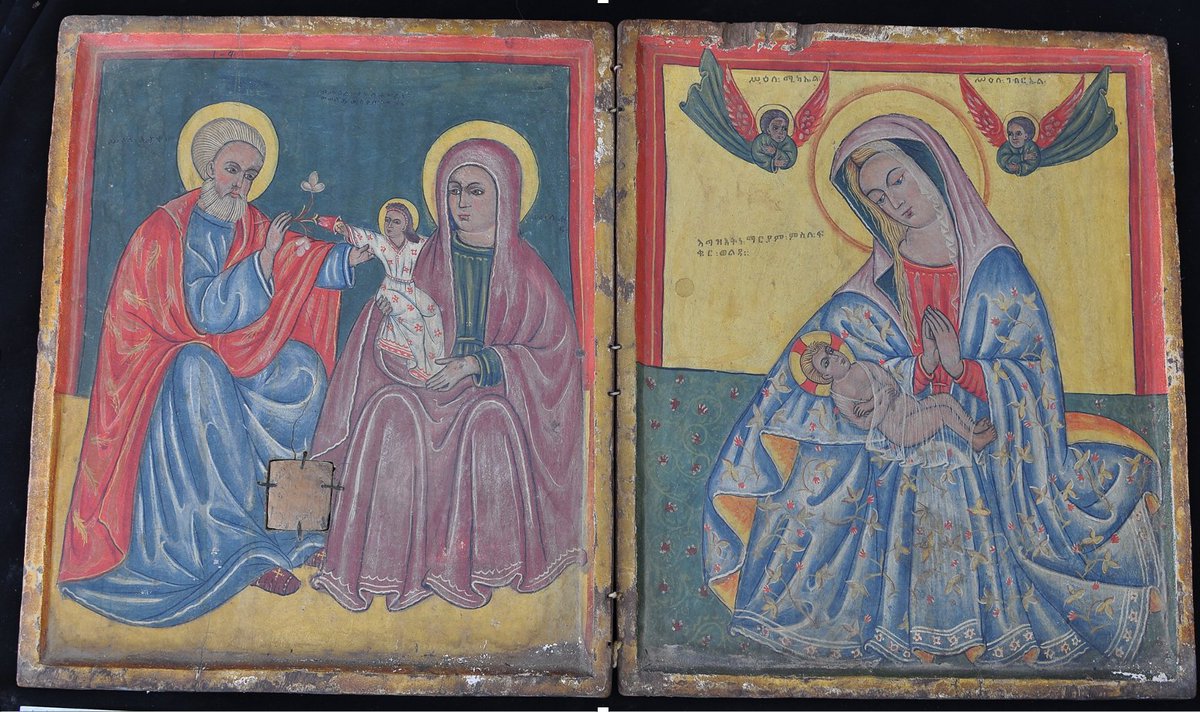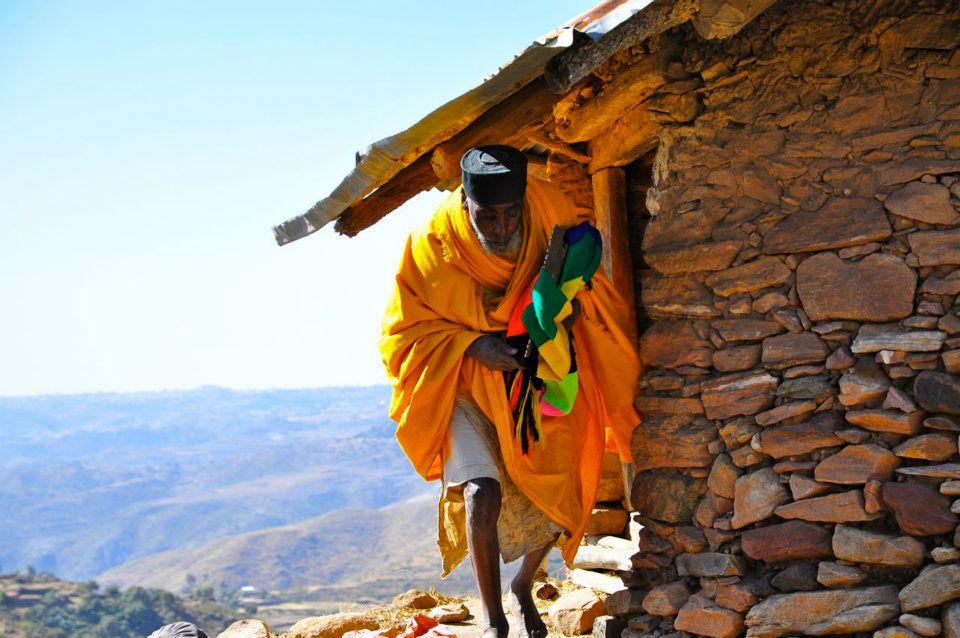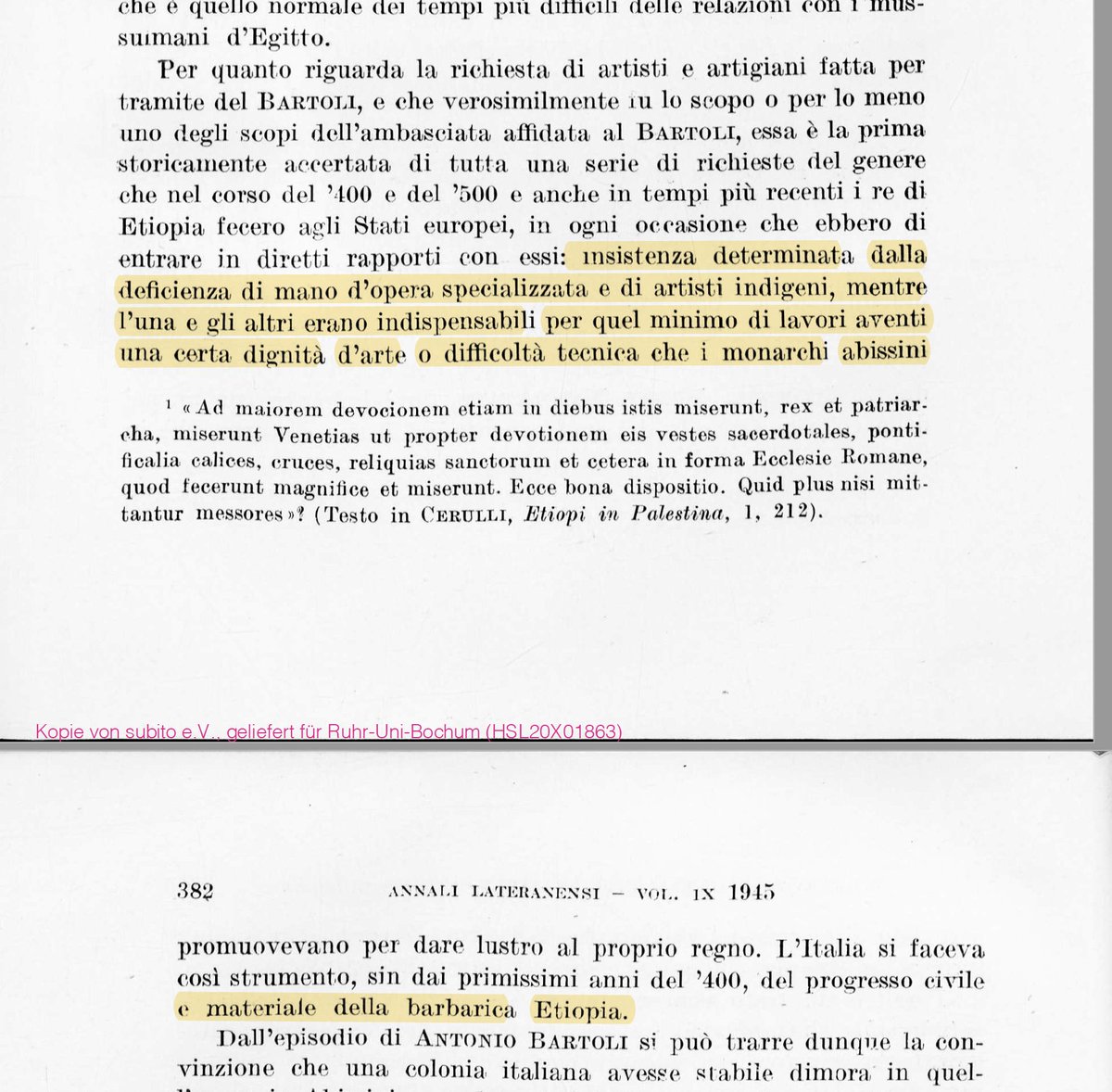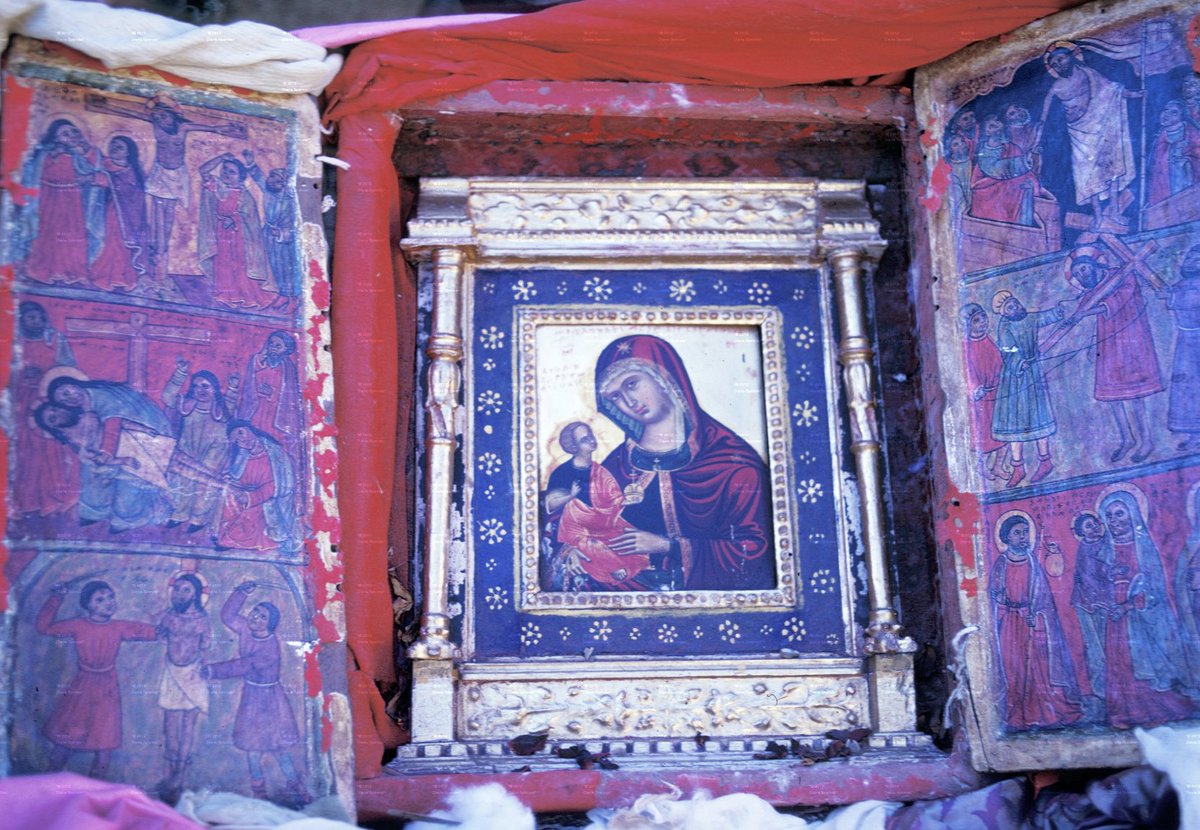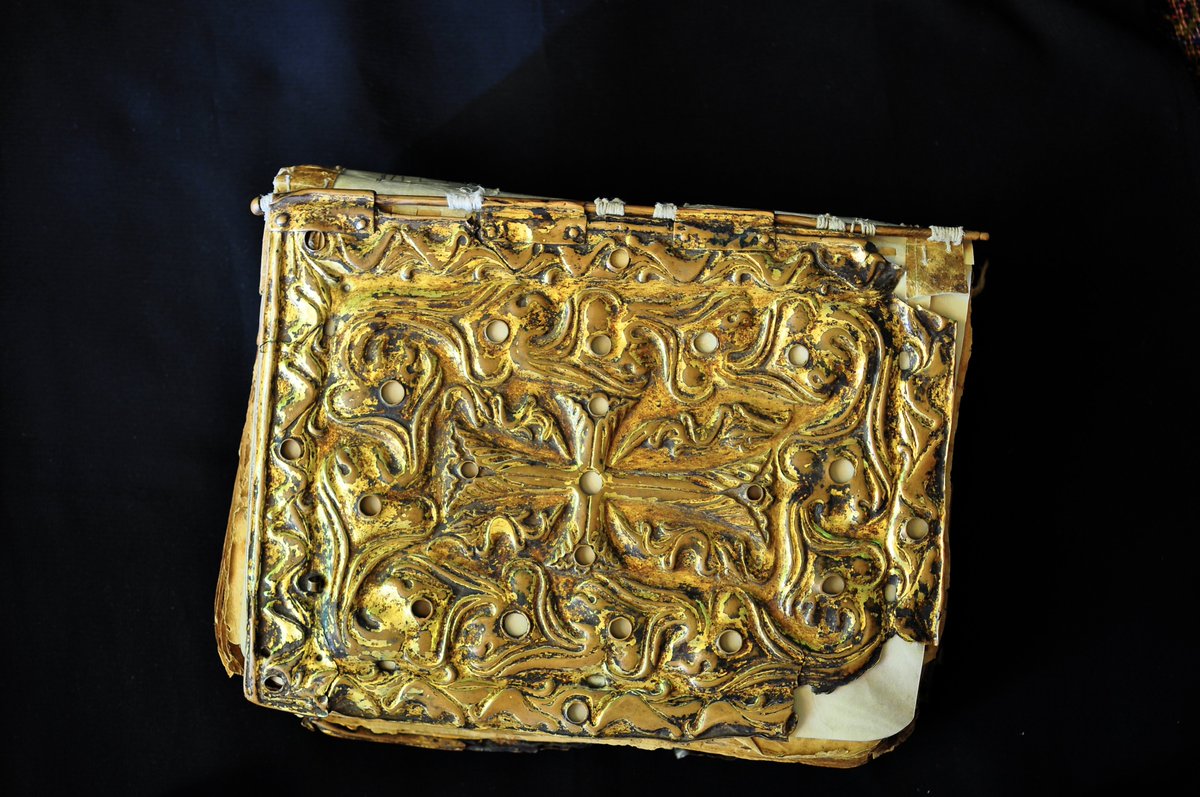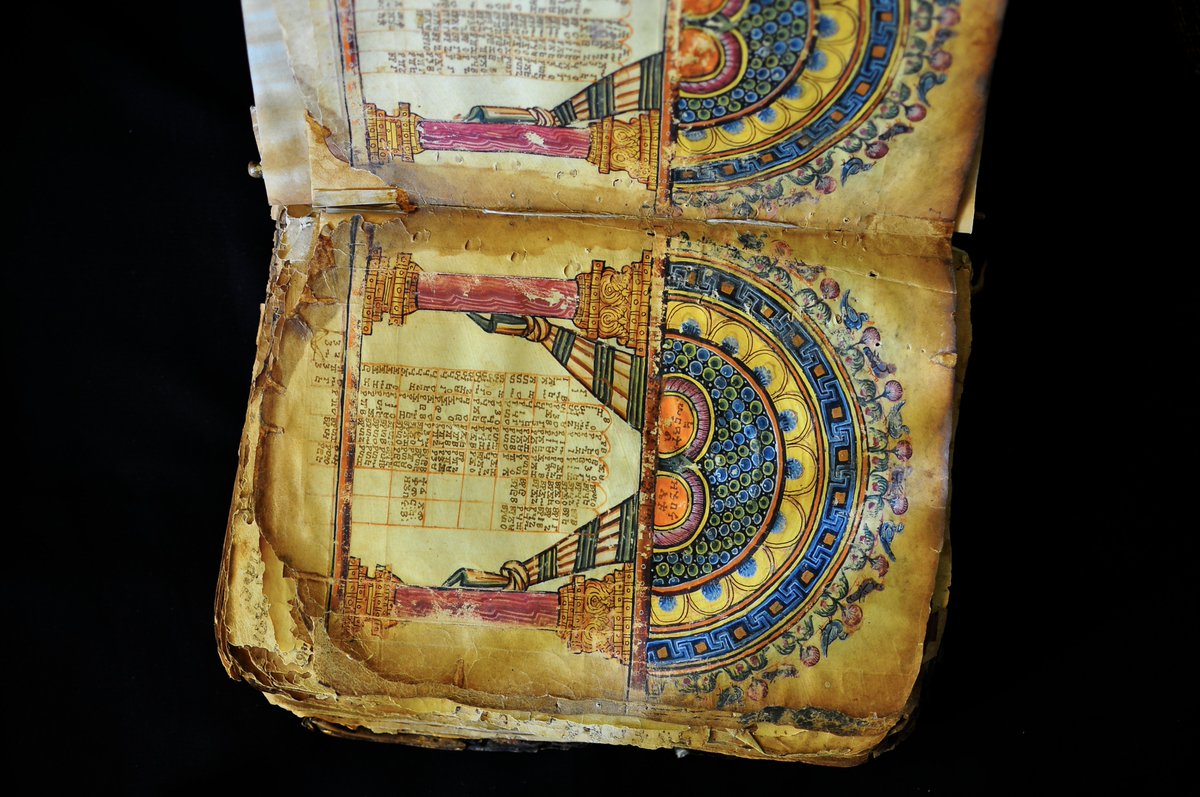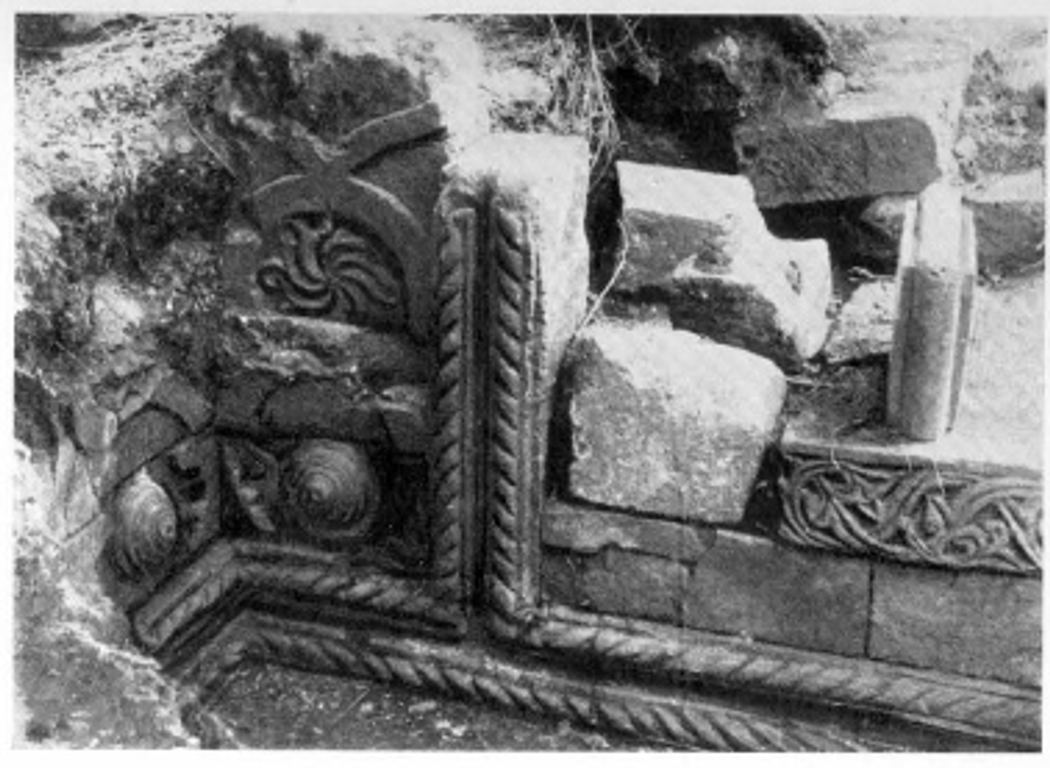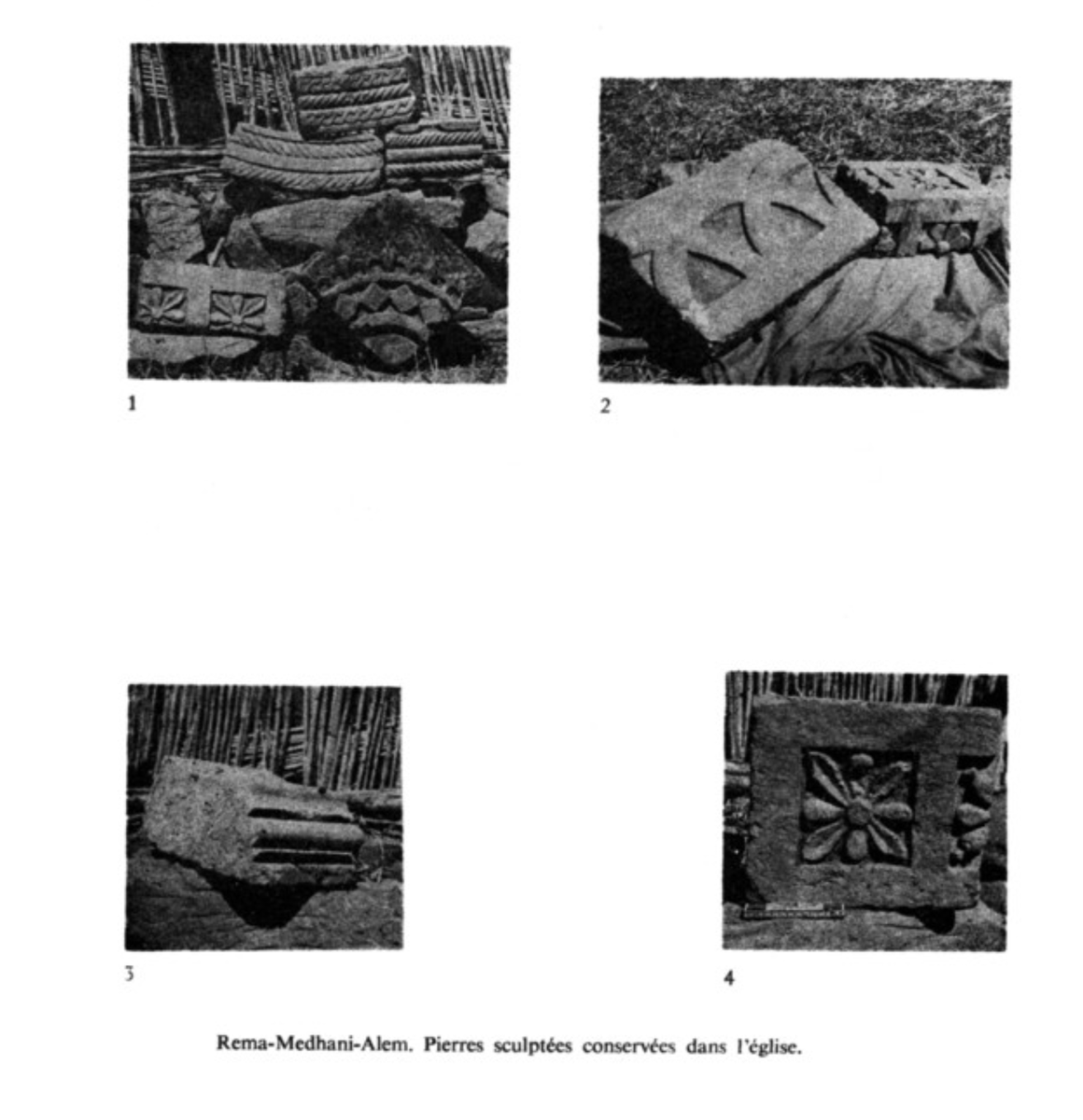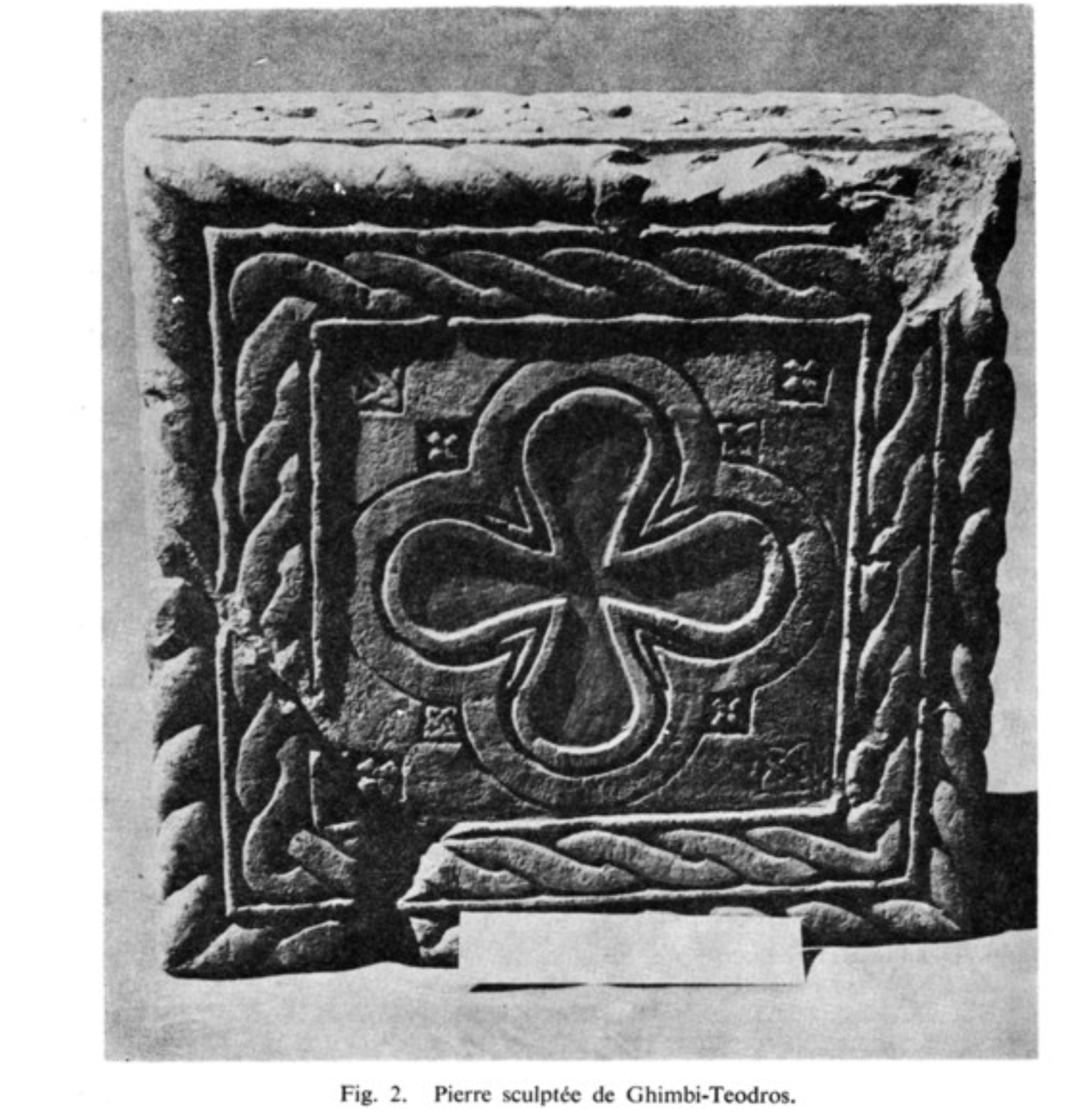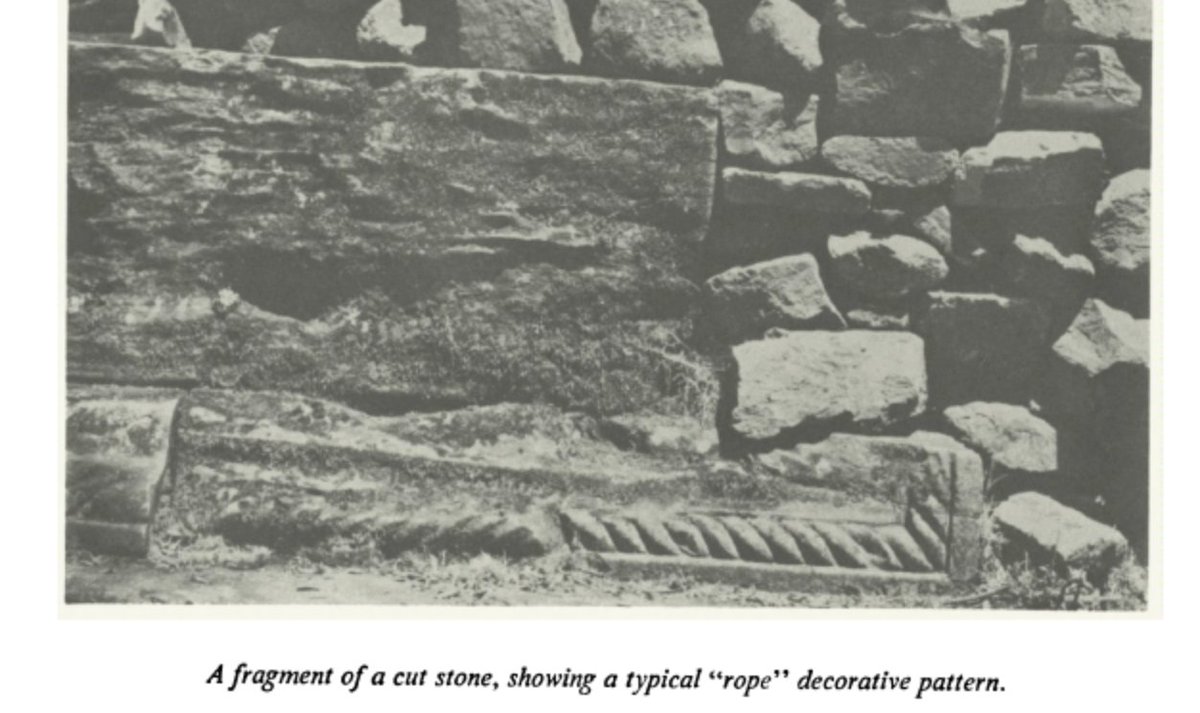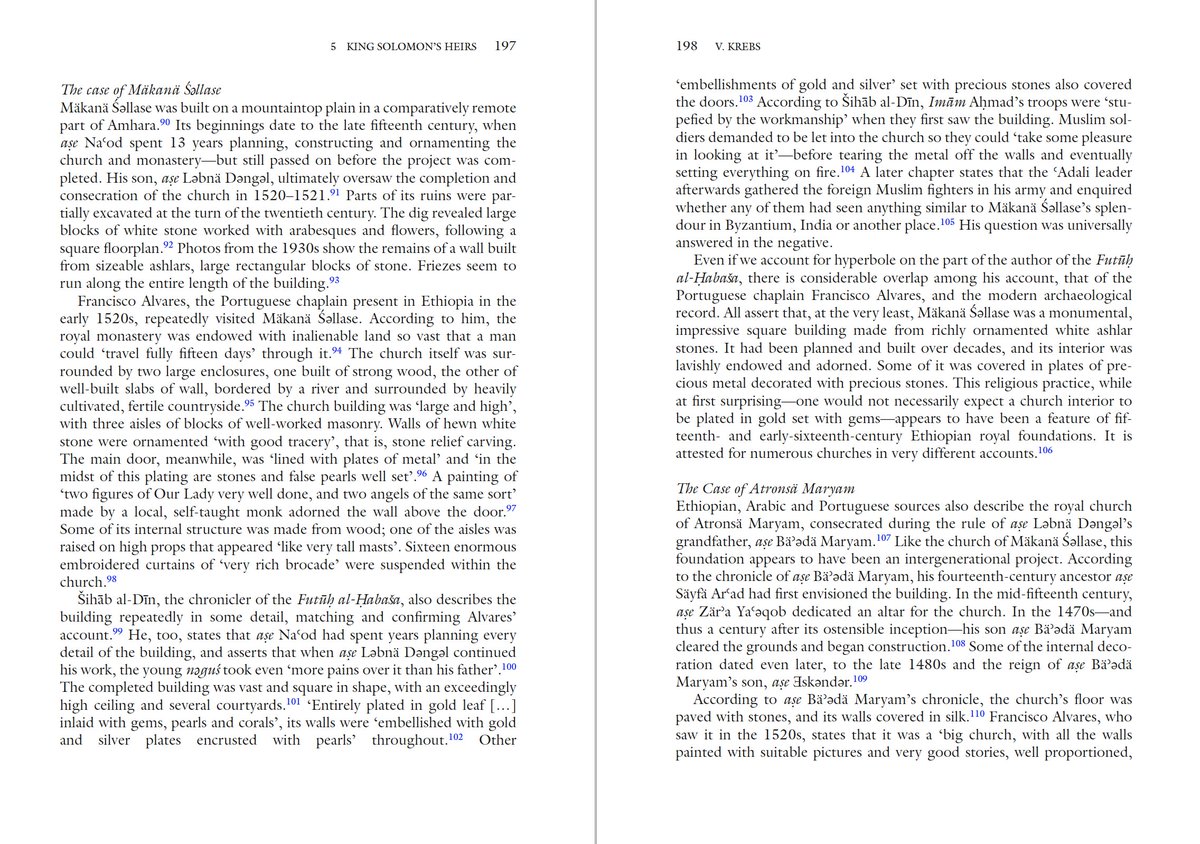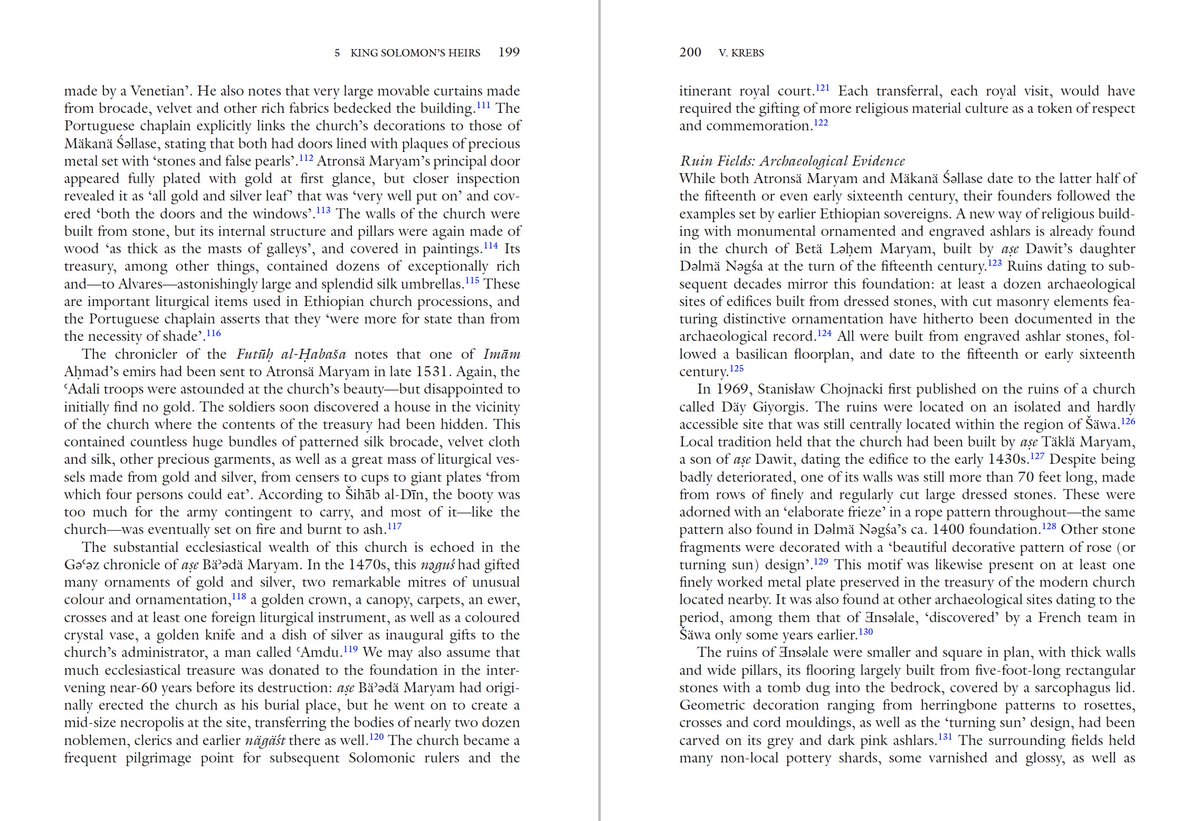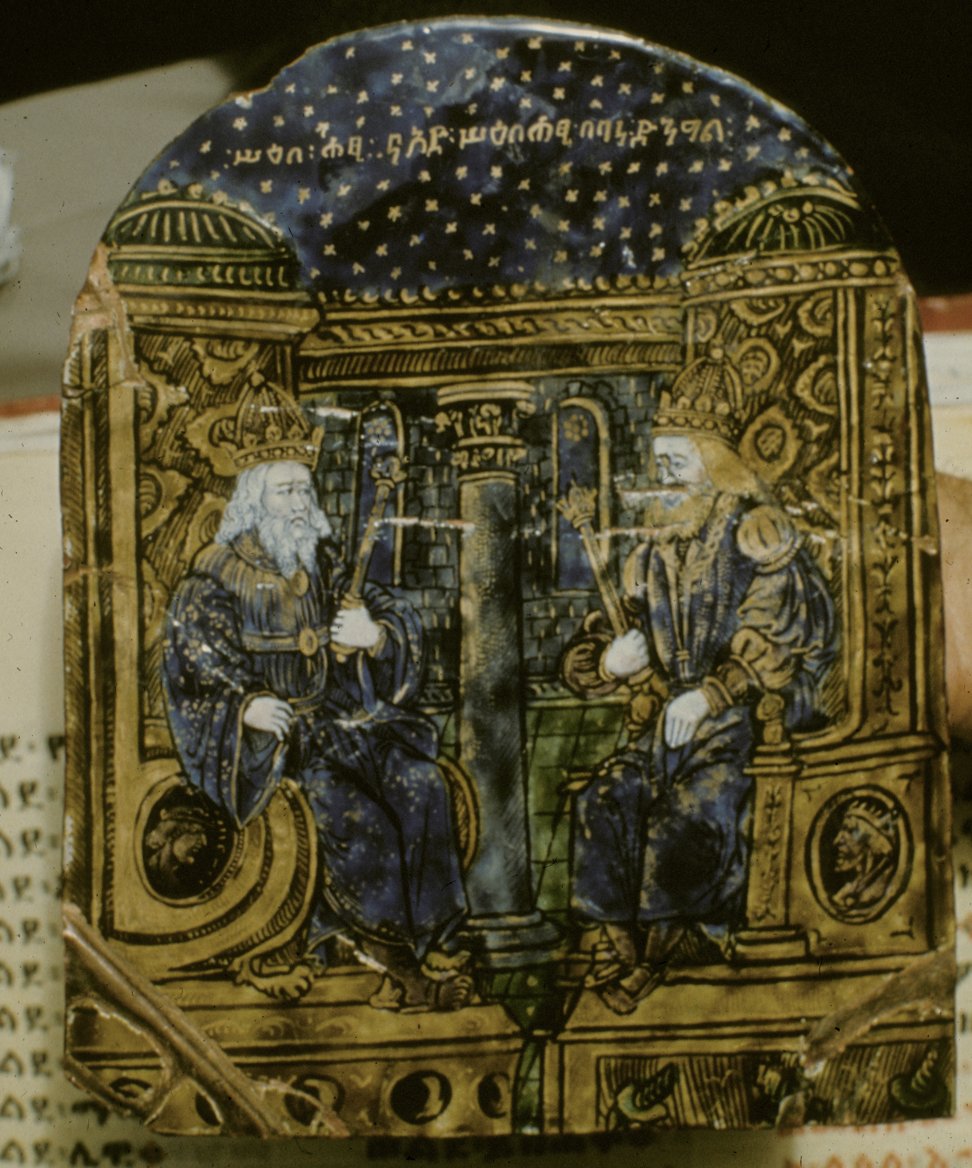Hi! It’s @KrebsVerena, your #Twittistorian for the week.
Today, we’re moving on from Ethiopian diplomacy with late medieval Latin Europe to see how this connects to local Ethiopian history & particularly Solomonic kingship in the 15th & early 16th century. EPIC conclusion time!
Today, we’re moving on from Ethiopian diplomacy with late medieval Latin Europe to see how this connects to local Ethiopian history & particularly Solomonic kingship in the 15th & early 16th century. EPIC conclusion time!
2/ Scholarship on Ethiopia long believed that Solomonic missions were sent to obtain craftsmen-technologists, b/c there was a need for ‘European’ technology & arms, & a desire for military alliances with the Christian powers of the Western Mediterranean. (Why? Colonialism.)
3/ But, as we saw in the threads of the last few days — from Dawit’s mission to Venice to Yǝsḥaq’s embassy to Valencia to Zärʾa Yaʿǝqob’s delegations to Rome & Naples — NO arms, military matters & alliances, or interest in ‘European’ technology appears in the 15th ct sources.
4/ Instead, we saw that Ethiopian embassies of the 15th century were very much focused on obtaining
relics, ecclesiastical garments & liturgical objects, & craftsmen & artisans from Latin Europe. https://twitter.com/Tweetistorian/status/1385253044653338629">https://twitter.com/Tweetisto...
relics, ecclesiastical garments & liturgical objects, & craftsmen & artisans from Latin Europe. https://twitter.com/Tweetistorian/status/1385253044653338629">https://twitter.com/Tweetisto...
5/ *These* things drove Ethiopian outreach for over a century. (In the 16th ct, an interest military matters eventually appears, but even then, building-related labour, foreign religious material culture, fine fabrics, & liturgical objects still feature prominently.)
So — Why?
So — Why?
6/ Why these desires?
As we saw in the first thread, the 14th ct had seen the consolidation of Solomonic power over most of the central NE African highlands.
We find substantial religious reform, & the advent of MONUMENTAL local royal building activity. https://twitter.com/Tweetistorian/status/1384114633213050881?s=20">https://twitter.com/Tweetisto...
As we saw in the first thread, the 14th ct had seen the consolidation of Solomonic power over most of the central NE African highlands.
We find substantial religious reform, & the advent of MONUMENTAL local royal building activity. https://twitter.com/Tweetistorian/status/1384114633213050881?s=20">https://twitter.com/Tweetisto...
7/ Dozens of prestigious churches & monasteries were built, material testament to the Solomonic kings’ supreme political claim to power, a physical assertion of each sovereign’s rightful & just Christian rulership.
What do you need for that? Stonemasons, painters, builders, ...
What do you need for that? Stonemasons, painters, builders, ...
8/ carpenters, metalworkers, & books, ecclesiastical garments, liturgical utensils, icons & ideally precious relics.
These churches were *grand*, which made them main targets in the devastating wars between Solomonic Ethiopia and the Sultanate of ʿAdal in between 1529-1543.
These churches were *grand*, which made them main targets in the devastating wars between Solomonic Ethiopia and the Sultanate of ʿAdal in between 1529-1543.
9/ None of them have survived, but we have breathtaking descriptions, & glimpses of their ruins.
In my book, I propose that the diplomacy & the literal local state-building of the Ethiopian kings were intimately connected. Acquiring artisans & precious wares from afar ...
In my book, I propose that the diplomacy & the literal local state-building of the Ethiopian kings were intimately connected. Acquiring artisans & precious wares from afar ...
10/ increased any king’s local prestige – but especially in Solomonic Ethiopia, where the rulers claimed to be spiritual AND genealogical heirs of the biblical king Solomon, there would’ve been a strong dynastic-ritual angle:
11/ in the Bible, king Solomon *also* reaches out to a foreign king (Hiram of Tyre), asking him for a master artisan to join his own master craftsmen so they can build the First Temple in Jerusalem together (told in Kings 1/Chronicles 2)
12/ Ethiopia definitely had its share of local, highly-skilled manpower (remember Lalibela? Yes.).
But: the sending of missions to Latin Christian courts itself probably helped assert the dynasty& #39;s claim of rightful Solomonic descent.
Gǝʿǝz texts and Ethiopian art...
But: the sending of missions to Latin Christian courts itself probably helped assert the dynasty& #39;s claim of rightful Solomonic descent.
Gǝʿǝz texts and Ethiopian art...
13/ show that these parallels were readily apparent not just to the Ethiopian kings, but also to their people.
Like Solomon’s temple, the royal churches were built in a specific way, intergenerationally, with huge ashlars & wooden interior covered in gold set with rare jewels.
Like Solomon’s temple, the royal churches were built in a specific way, intergenerationally, with huge ashlars & wooden interior covered in gold set with rare jewels.
14/ So, sending missions to Europe — even if they were unsuccessful — would’ve still communicated an ideology to everyone at home. If they were successful, even better, as we saw with king Dawit’s bountiful returns.
So that’s where we leave off. https://twitter.com/Tweetistorian/status/1384452210839408641?s=20">https://twitter.com/Tweetisto...
So that’s where we leave off. https://twitter.com/Tweetistorian/status/1384452210839408641?s=20">https://twitter.com/Tweetisto...
15/ Solomonic diplomacy & ideology & kingship & state-building went hand in hand in Ethiopia between 1400—1530.
That sheds new & different light onto a late medieval African dynasty at the height of its power, & on African-European encounters in a time still often called ...
That sheds new & different light onto a late medieval African dynasty at the height of its power, & on African-European encounters in a time still often called ...
16/ ... the ‘European Age of Exploration’.
I& #39;ll do a literature and bibliography thread tomorrow, but that& #39;s it for now. FIN.
—vk https://www.palgrave.com/gp/book/9783030649333">https://www.palgrave.com/gp/book/9...
I& #39;ll do a literature and bibliography thread tomorrow, but that& #39;s it for now. FIN.
—vk https://www.palgrave.com/gp/book/9783030649333">https://www.palgrave.com/gp/book/9...

 Read on Twitter
Read on Twitter
